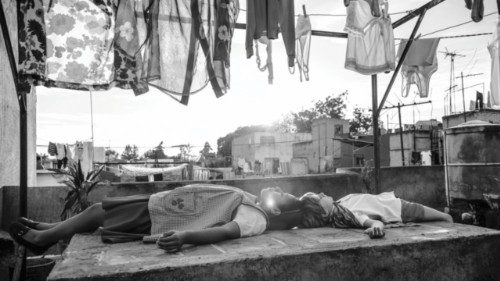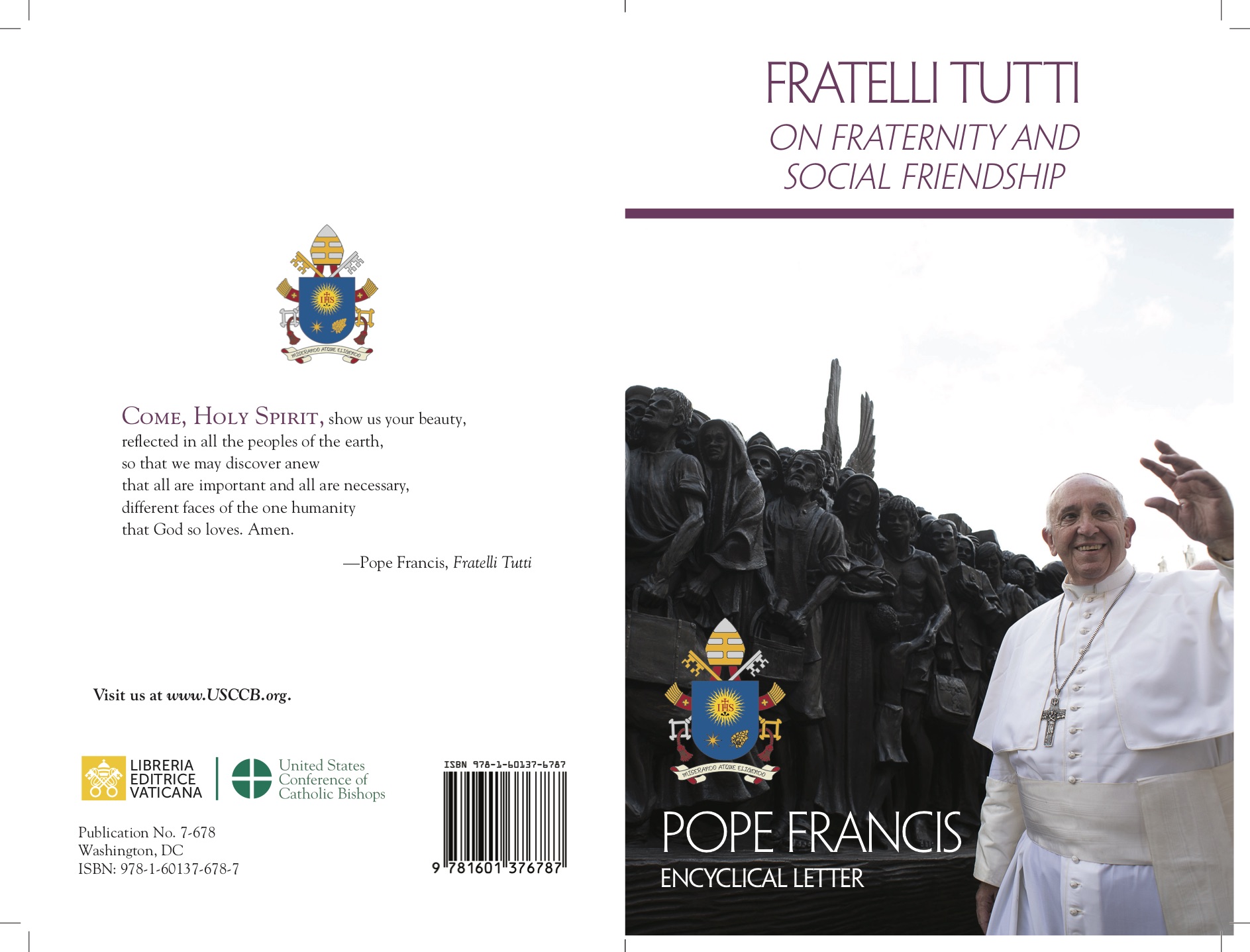
A feminine spirituality that looks first at the person before the dogma. Today, women are no longer portrayed solely as victims, saints, or Madonnas. Instead, they are the protagonists of complex journeys that traverse all religious traditions: from Islam to Christianity, from Judaism to Eastern spiritualities. This issue of Women Church World explores how cinema is building an unprecedented collective memory of feminine spirituality in which the women portrayed are truly women: fragile, rebellious, sometimes scandalous, who fall and rise again, who love and doubt, consecrate themselves and lose themselves. This is a new sacred femininity, in which women are free to be human.
This new paradigm clearly emerges in the evolution of the figure of the nun in cinema. In Doubt, Meryl Streep plays a conservative American nun, whom is both stern and resistant to change, and who clashes with a progressive priest, bringing to the film the issue of the Church’s renewal in the 1960s. In Dead Man Walking, Susan Sarandon is a nun who courageously decides to help a man sentenced to death who claims his innocence. The film is based on the true story of Sister Helen Prejean, now 86, who is known for her work against the death penalty. The nun on screen is no longer just the silent bride of Christ; instead, she is a contemporary woman living in her time and questions, chooses, and resists. Her vocational path is intertwined with rebellion. Modern holiness does not seek perfection, but the ability to inhabit doubt without losing faith.
However, holiness does not belong solely to those who take religious vows. Contemporary cinema reveals forms of sacredness that manifest in ordinary life. For example, the sweet and protective mother in Terrence Malick’s The Tree of Life, who introduces the distinction between two ways of living, the way of Nature -selfishness, survival, pride-, and the way of Grace -love, humility, compassion. A second example is the wanderer in Chloé Zhao’s Nomadland, who, after losing everything, chooses to live as a nomad. These are figures who maintain a relationship with the divine made of silence, simple gestures, and daily faithfulness. It is a threshold spirituality, discreet, essential, and non-institutionalized, which some consider a powerful form of contemporary prayer.
In this exploration, we see that cinema does not shy away from depicting women seemingly predisposed to a more carnal, total, and mystical spirituality. The female body is not an obstacle to revelation, but its instrument. Holiness passes through flesh, pain, love, birth, and caresses. It is an embodied spirituality that does not flee the world but transforms it from within. An emblematic example is Ingrid Bergman in Europe ‘51 by Roberto Rossellini, the wife of a diplomat who, after the death of her preadolescent son (who committed suicide because he felt neglected), decides to dedicate her life to alleviating the suffering of others. Similarly, Laura Samani in Small Body tells the story of Agata, a young woman from early 20th-century northeastern Italy who gives birth to a stillborn baby and cannot accept that her daughter remains “a lost soul in limbo” because the priest cannot baptize her.
In these stories, motherhood is not only biological; instead, it is a pathway to the symbolic, spiritual and communal sacred. Cleo, the housemaid in Alfonso Cuarón’s Roma, who takes care of a well-off family’s husband, wife, grandmother, four children, and a dog, welcomes life, accompanies it, protects it. The spiritual mothers of cinema teach us that female generativity goes beyond biology: it is a disposition of the soul to nourish, to help others grow.
When we broaden our gaze to include various religious traditions, we see cinema revealing once again that women’s spiritual journeys cannot be confined to a single faith. The protagonists of Wadjda in the The Green Bicycle, Persepolis, and The Breadwinner challenge submission while preserving their faith and reinventing a personal relationship with God. Wadjda, the main character in The Green Bicycle, is a 10-year-old girl living on the outskirts of Riyadh, and who is determined to overcome the limits imposed by her culture. Marjane of Persepolis is a rebellious and nonconformist nine-year-old girl from Tehran who rejects the strict rules of Iranian society. Parvana from The Breadwinner is an 11-year-old girl growing up in Kabul under the Taliban regime.
The tension between religion and modernity thus emerges in cinema as a recurring theme. For example, the Orthodox Judaism of Kadosh; the Islam portrayed in What Will People Say; the Christian Orthodox context of God Exists, and Her Name Is Petrunya are settings in which female protagonists are confronted with the choice to inherit, rebel, or rebuild. Faith is tested, and women find the strength to forge new paths. What is particularly meaningful in this context is the image of pilgrimage, which recurs in contemporary cinema as a metaphor for women’s spiritual journeys, where physical travel becomes a symbol of deep transformation. Cheryl, the young woman in Wild, who is at a difficult time in her life -after the end of her marriage, struggles with addiction, and the death of her mother-, embarks on a long and solitary journey through the western mountains of the United States, which involves three months of walking, through deserts that are also those within, followed by a second marriage and two children.
The miracle of our time -cinema suggests-, is the realization that one can seek God without giving up one’s humanity. In a world that demands women to be everything, whether that be strong, gentle, pure, and/or determined, cinema recognizes the sacred in the imperfect faces of those who search for meaning in their lives, and reminds us that it is possible to be simply human. And in that humanity, though wounded, lies something eternal, something that, for those who believe, resembles God.
***
We have chosen to dedicate a special issue of Women Church World to this collective narrative, in collaboration with Rivista del Cinematografo, with the support of Father Davide Milani, the magazine’s director, and Valerio Sammarco, from the editorial team.
Il Cinematografo is an Italian monthly film magazine that was founded in 1928. It is one of the earliest Italian publications in the field, and the oldest still in circulation. It is a unique magazine, published by the Fondazione Ente dello Spettacolo, which promotes film culture in Italy on behalf of the Italian Bishops’ Conference.
Since 2019, the Foundation has also organized the Lecco Film Fest. Promoted by Confindustria Lecco e Sondrio, it is an innovative festival within the Italian landscape for both its content and its language, offering an entirely female-centered perspective on the world of cinema, culture, and society.













 Purchase the Encyclical here Fratelli Tutti
Purchase the Encyclical here Fratelli Tutti
